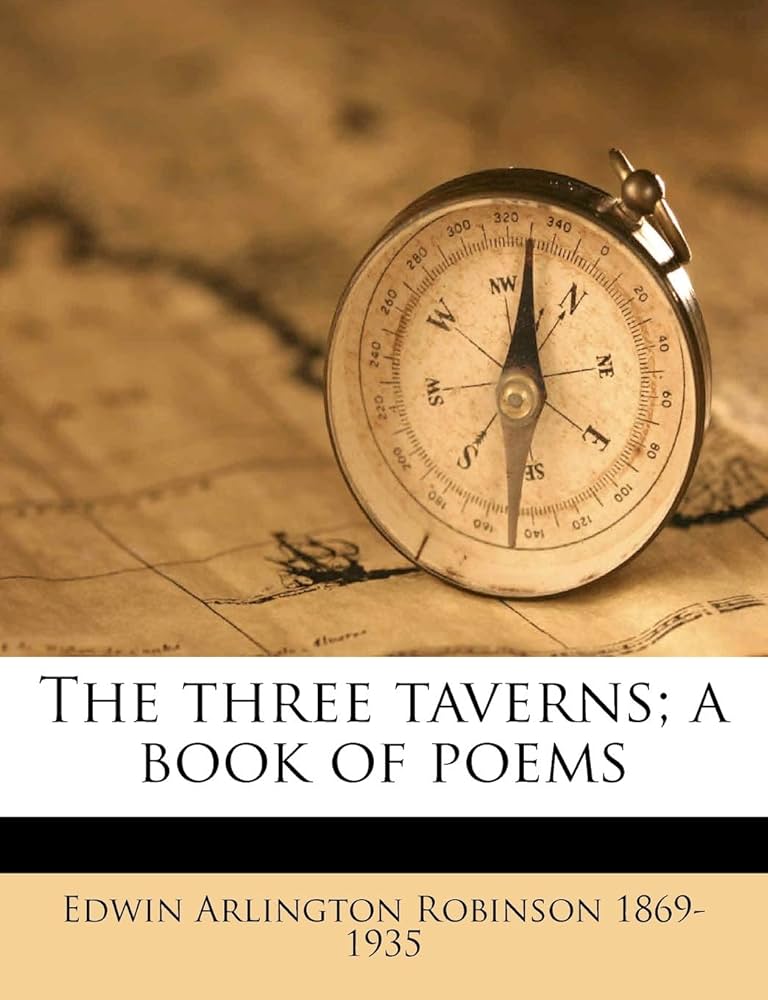The Valley of the Shadow
byThe Valley of the Shadow opens not with fear, but with a quiet recognition. This is not a place for those who scream against fate, but for those who have grown silent under its weight. Each figure in this land has carried a dream long enough for it to wear thin, until it frays into memory. They have walked roads lined not with flowers but with faded hopes that once seemed real. No monument marks their arrival; instead, their stories are written on the air in glances, sighs, and pauses. Here, people do not speak often, but when they do, it is with the clarity of those who have lost much and learned more. They do not ask why anymore; they only walk, quietly holding the pieces of their former selves.
This valley has no clock, but time moves just the same, slow and weighty. It presses down like fog, soft yet inescapable. The residents do not resist it—they have accepted its rhythm. Among them are children whose laughter faded early, and women whose wisdom grew where comfort never did. They don’t tell stories to pass the time but to remember who they once were. Even the trees seem shaped by sorrow, bending not from wind but from grief’s constant lean. Hope here is not loud or bright; it shows itself in the smallest acts—a meal shared, a candle lit, a song hummed out of habit. What endures is not joy, but the decision to go on in spite of its absence.
What sets this place apart is not its sadness, but its honesty. No one pretends here. Masks are heavy, and in this valley, they have long since been put down. People sit beside one another not to fix pain, but to witness it. And that, somehow, becomes a form of healing. The man who once dreamed of cities now sketches houses in dirt. The woman who sang in cathedrals now hums lullabies to herself. Their lives are not grand, but they are real—more real than most.
The world outside speaks of triumph, of overcoming. But inside the valley, there is understanding that not all pain can be defeated. Some is too deep, too old, too interwoven with the self. It can only be carried. But carrying is not the same as surrender. There is dignity in bearing a burden you never asked for. The people here are not defined by their wounds, but by the grace with which they live alongside them. They are not saints, nor are they broken. They are simply human in the purest way.
Even in this landscape of loss, light is not banished. It filters in sideways—through memories, dreams, or a stranger’s kindness. No one chases the light here. Instead, they let it come when it can. Some days it arrives through laughter remembered. Other days, through the soft murmur of a name once whispered in love. These are not moments of escape but of grounding. They remind the soul that though joy may have faded, the capacity to feel remains.
One woman walks barefoot because shoes remind her of the life she used to have. Another paints with water on stone, letting the images vanish before anyone else sees them. There is something freeing in that—a beauty made only for the moment. They’ve learned not to hold on too tightly. Things come and go here: seasons, friends, even pain. What stays is the will to keep waking up and walking through it.
There’s a shared reverence among the people for what cannot be explained. The man who lost everything still bows his head before sleep, not in prayer, but in recognition of mystery. Faith, in this place, is not blind—it is battered, rebuilt, and quiet. No one tries to sell answers. Instead, they offer company, the warmth of being near someone who doesn’t need you to be okay. That is enough. Sometimes, it’s everything.
The Valley of the Shadow may seem dark from afar, but within, it holds a rare kind of light—the kind that stays even after dreams are gone. Its strength lies not in victory, but in endurance. The people here know that some wounds never close, and some questions never find answers. Still, they walk on. And in their walking, they teach the rest of us what it means to live honestly, love deeply, and carry our sorrows with honor.

